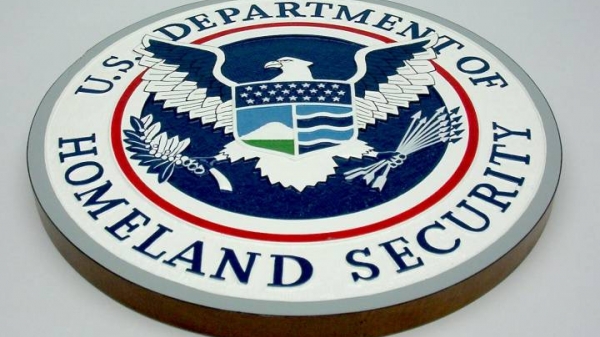The United States Department of Homeland Security plans a series of pilot programs for this year, both biometric and biographic, to improve the ability of the Customs and Border Protection to accurately identify visa over-stayers.
In a detailed Entry/Exit Overstay Report published on 19 January, the DHS noted that as of January 4, 2016, DHS has been able to confirm the departures of more than 99 percent of nonimmigrant visitors scheduled to depart in FY 2015 via air and sea POEs, and that number continues to grow.
“By January 4, 2016, the number of Suspected In-Country Overstays for FY 2015 had dropped to 416,500, rendering the Suspected In-Country Overstay rate as 0.9 percent”.
Noting gaps in land-based data, the DHS said that it has launched: ”several pilots to experiment with innovative means of collecting biometric information from individuals departing via land POEs [Ports of Entry].”
The body noted that last year saw progress in mobile data gathering:
“During the summer of 2015, CBP began collecting a sample of biometric exit data using mobile fingerprint collection devices on selected flights departing from major air POEs. This has afforded a small amount of biometric departure data and provided a significant law enforcement benefit for existing outbound operations.
“The current airports using this technology are: Chicago/O’Hare (ORD); Atlanta/Hartsfield (ATL); New York (JFK); Newark (EWR); Los Angeles (LAX); San Francisco (SFO); Miami (MIA); Dallas/Ft. Worth (DFW); Washington/Dulles (IAD); and Houston/George Bush (IAH). “
The countries with the highest number of total over-stayers were Canada and Mexico with 99,906 and 45,272 respectively – easily dwarfing other nations.
In conclusion, the Department noted that it has been able to resolve many of the issues regarding the collection of departure information from foreign nationals.
“Further efforts, including partnerships with other governments and the private sector (e.g., airlines, airports, cruise lines, etc.), are ongoing and will continue to improve the existing process for improved data integrity”.
Source: http://www.securitydocumentworld.com


